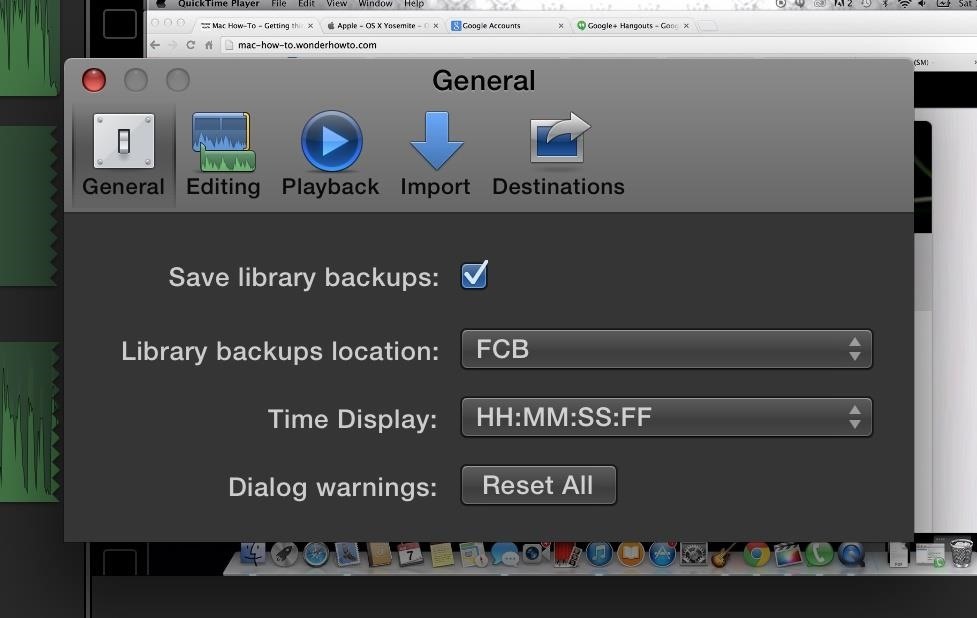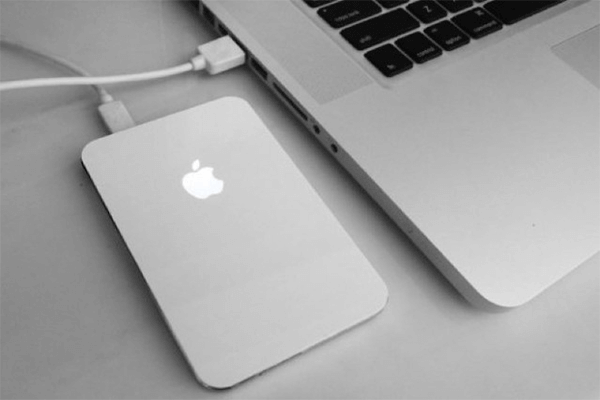


We’ll explore the type of configurations and interfaces later, in Part Two of this Rocket Yard guide. There are also various types of interfaces to connect the drive to your Mac: USB 3, USB 3.1, USB 3.2, USB-C, Thunderbolt 2, and Thunderbolt 3. What to do with the internal drive now that you’re booting from an externalĮxternal storage solutions come in a multitude of configurations single, dual, and multi-bay, as well as non-RAID, RAID, and even RAID arrays that can be used in non-RAID configurations.
#External hard drive for mac pro how to#

Depending on the configuration, you could find yourself with nice savings. Instead of purchasing a custom configured Mac with a large startup drive at Apple’s premium prices, you can pick a stock configuration and use a larger external startup device while using the stock internal for other storage needs. It can also reduce the cost when you purchase a new Mac. It can prevent or delay the need to replace a Mac that, aside from issues with the internal startup drive, works well for you. Using an external storage device as your startup may not only increase performance and storage space, but also benefit your wallet. External Drives as Startup Devicesīecause of the difficulty in replacing or upgrading an internal drive, using an external device may be a good choice.
#External hard drive for mac pro pro#
Even the new 16-inch MacBook Pro has its SSD soldered directly to the motherboard, making replacing or upgrading the drive a no-go for most of us. And when it comes to recent MacBook models, you can pretty much forget about repairing or replacing a drive. There are other models, such as the iMac and Mac mini, where upgrading a drive is possible, but not recommended for the end user by Apple. Of course, there are Mac models, such as the new Mac Pro, where adding or replacing a drive is designed to be easy. The reason for this is a simple one: Apple has continued to make replacing an internal drive a difficult, if not impossible, task for most users. They provide a cost-effective means to increase storage for media libraries and documents, as well as backup space.Įxternal storage devices are seeing more and more use as primary startup drives, when there’s a need to expand space on the startup, or increase its relative performance over the internal drive that originally came with a Mac. External drives have long been used for adding more storage space to Macs.


 0 kommentar(er)
0 kommentar(er)
